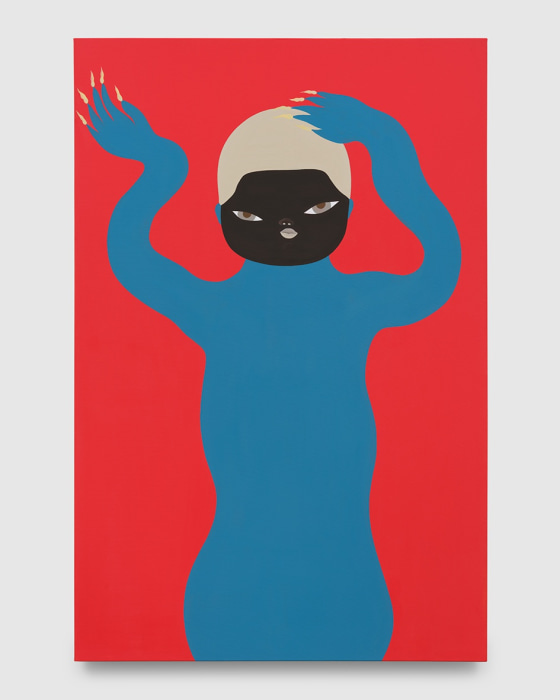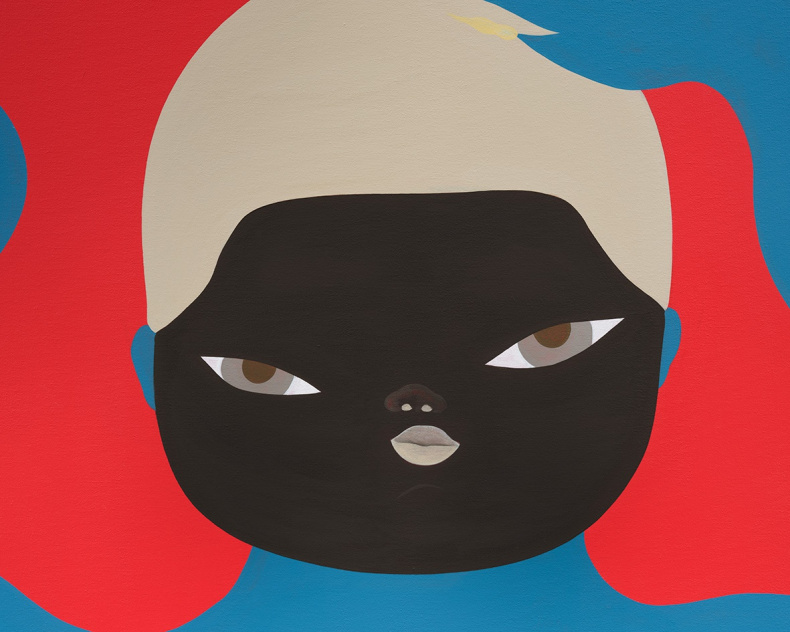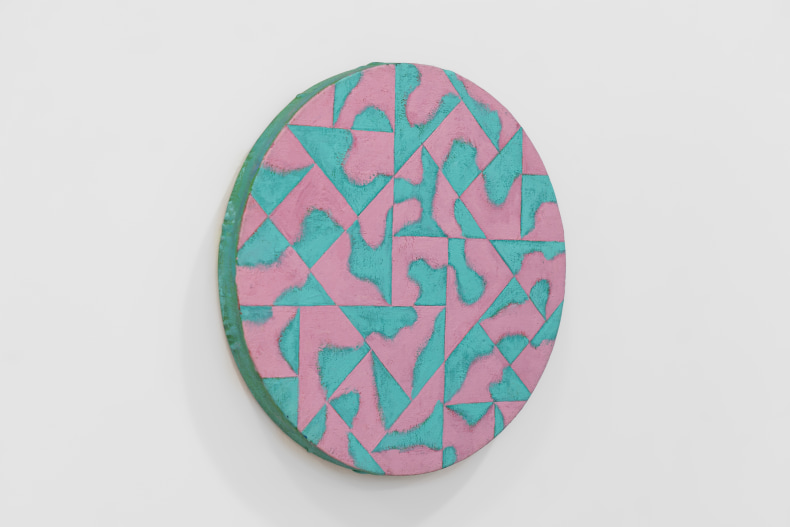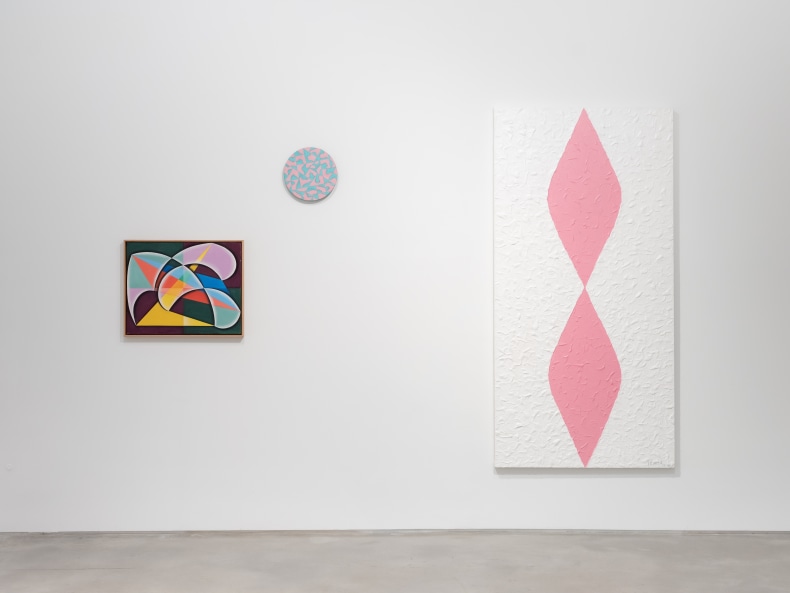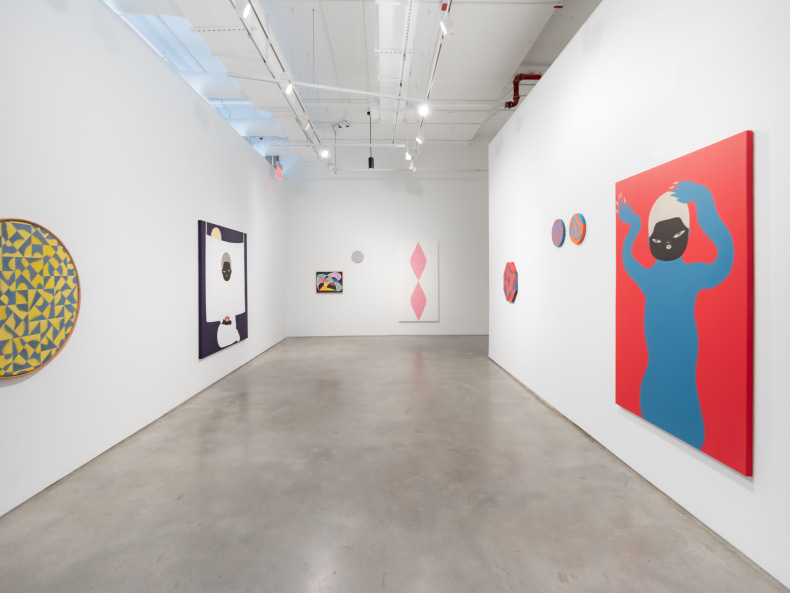Nara Roesler New York is pleased to present Japan In/Out Brazil, a group exhibition that brings together the work of three artists from different generations who share Japanese origins and were born in, or have close ties to Brazil: Tomie Ohtake (1913-2015), Lydia Okumura (1948) and Asuka Anastacia Ogawa (1988). Although they are all of Japanese origin and belong to its diaspora in Brazil, these three artists belong to different generations. While Tomie Ohtake was born at the beginning of the 20th century and began her production in the 1950s, Okumura gave impetus to her poetics in the 1970s, a time of great effervescence in conceptual art, and Asuka Anastacia Ogawa is from a new generation of contemporary painters.
Tomie Ohtake is an emblematic example of the Japanese diaspora in Brazilian art, above all because of her pioneering spirit. With work that was initially figurative, the artist quickly moved towards abstraction, in which she combined gestural elements with a formal rigor characteristic of geometric abstraction. From the 1970s onwards, she began to work with large areas of color and frames that suggest the continuation of a composition beyond the space of the canvas. With the use of acrylic paint from the mid-1980s onwards, she began to create tonalities and made the overlapping chromatic layers visible, creating an abstraction with a cosmic aspect. She also developed a body of sculptural work, which is represented in the exhibition by a work from the Tubulares series, developed in the 1990s. Its tubular shape and sinuous aspects, similar to a pictorial gesture, conveys lightness in opposition to the nature of the material it is made of (carbon steel).
Lydia Okumura, on the other hand, is an important representative of Brazilian conceptual art, a trend that gained strength in the country towards the end of the 1960s. Unlike her contemporaries, who gradually shifted their productions towards something more experimental, Okumura’s early creations already demonstrated a high degree of innovation, since she conceived her works not as finished artistic objects, but as visual situations that directly impacted the viewer's perception. Through drawings and interventions in space, the artist created installations and site-specific works that played with the public’s sensoriality, inviting them to interact and be part of the work. From the 1980s onwards, Okumura brought these optical experiments to painting, creating compositions that explored geometric elements and the ambiguity between two and three dimensions.
The relationship between Japanese and Brazilian cultural elements is very visible in the work of Asuka Anastacia Ogawa, a young painter who was born in Japan but spent part of her childhood and adolescence in Brazil, before moving to Europe and the United States, where she completed her training. In her pictorial work, the artist depicts androgynous, childlike characters with large eyes and black skin. The backgrounds are neutral and saturated colors, sometimes intensely luminous. The frontal representation of these characters, as well as the somewhat abstract background, suggests that they carry a strong spiritual content. The titles of the paintings refer both to Ogawa's ancestors and to ancestral elements from the cultures of Japan and Brazil.
The exhibition thus brings together different contributions by three artists from different generations who were part of the Japanese diaspora in Brazil, showing that this diaspora not only played a major role in the history of art in the country, but that it continues to provide avenues for thinking about contemporary production.
